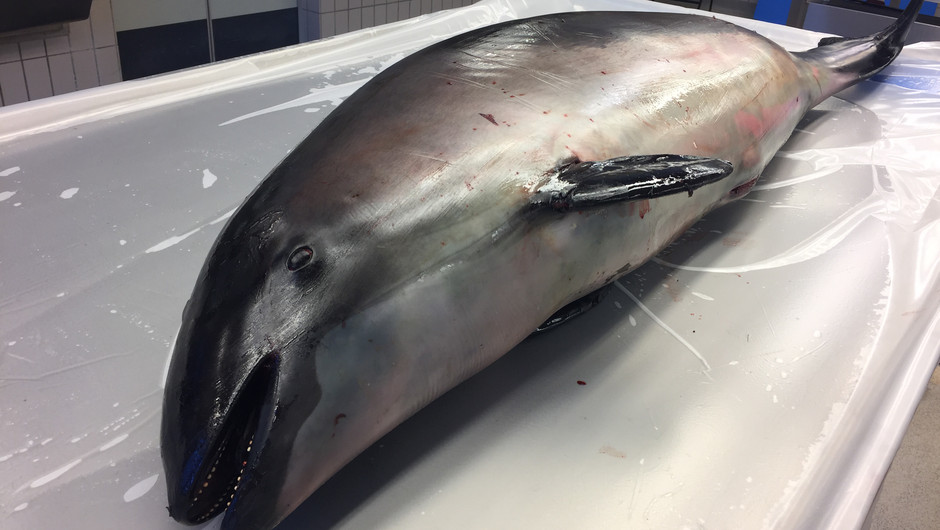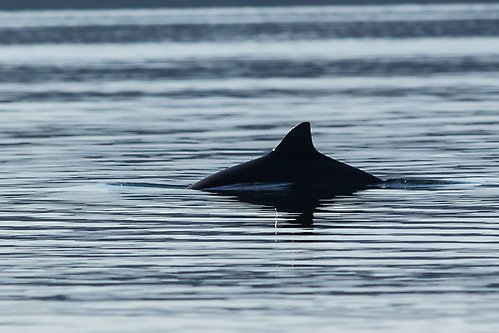Summary
The harbor porpoise is elusive and not so easy to spot. In Swedish waters, it is most common on the west coast. The population of the harbor porpoise in the Baltic Sea is critically endangered and is therefore red-listed.
The Swedish Museum of Natural History (NRM) has a collaboration with the Swedish Veterinary Agency (SVA) regarding the collection, post mortem and sampling of porpoises from Swedish waters. Thanks to these necropsies of porpoises, we information on pathological changes, causes of death and basic biological information.
Every year, about 30 by-caught or stranded porpoises are collected. During post mortem, we determine the cause of death, and study other parameters such as:
- general health status
- Nutritional status
- Reproduction and other life history parameters
- Parasites
- Bacterial and virus infections
- Diet (together with Lund University)
- Age structure
- Genetics
A number of tissue samples such as blubber, muscle, liver, kidney, etc. are taken from all animals to SVA's biobank as well as NRM's Environmental Sample Bank for current and future studies of diseases, genetics and environmental toxins. The work is funded by the Swedish Agency for Marine and Water Management and the Swedish Environmental Protection Agency.
Other cetaceans
We are interested in all cetaceans that are found dead in Sweden.
In 2023, several odd cetaceans have been found dead in Swedish waters: two killer whales, a humpback whale, a common dolphin and a white sided dolphin. Sometimes we perform post mortem in the field, but in most cases the animals are transported to SVA in Uppsala for post mortem.
In June 2020, an injured Sowerby's beaked whale was found in a marina in Öckerö, outside Gothenburg. The whale had a deep wound in its throat and was euthanized on humanitarian grounds. Staff from NRM and SVA travelled to Öckerö to perform post mortem on site, and took samples for the Environmental Specimen Bank (ESB) and SVA´s biobank.
Staff at the museum
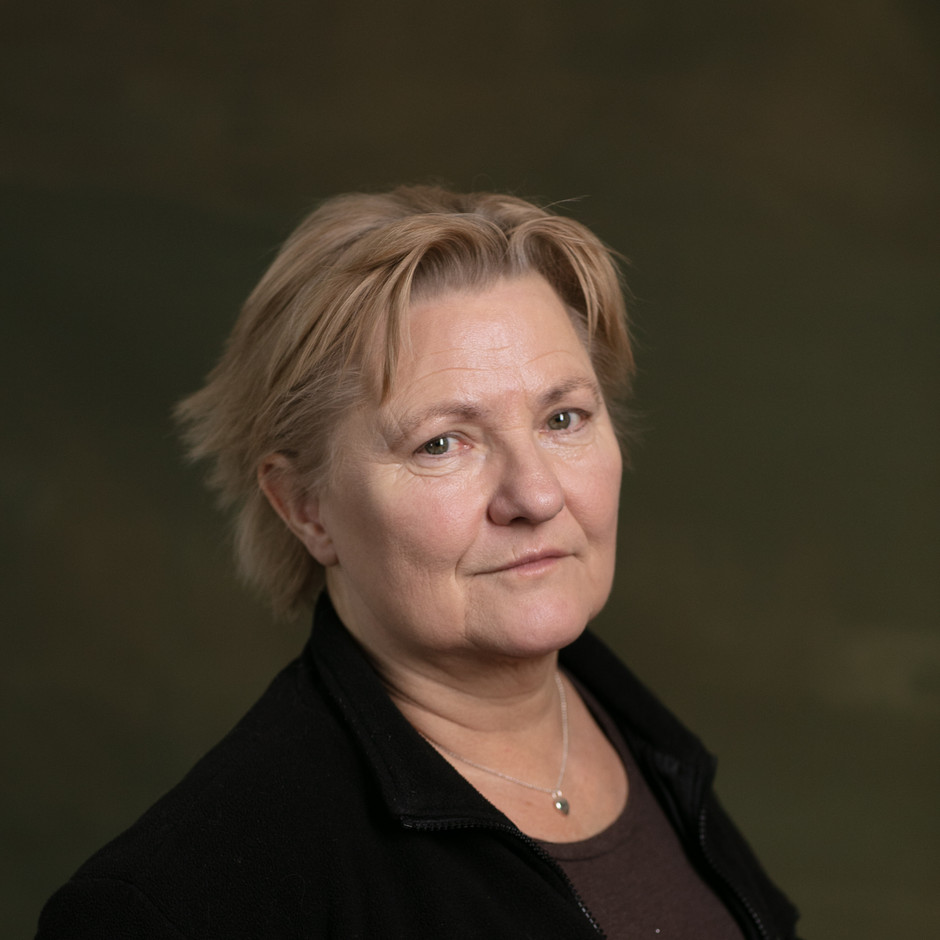
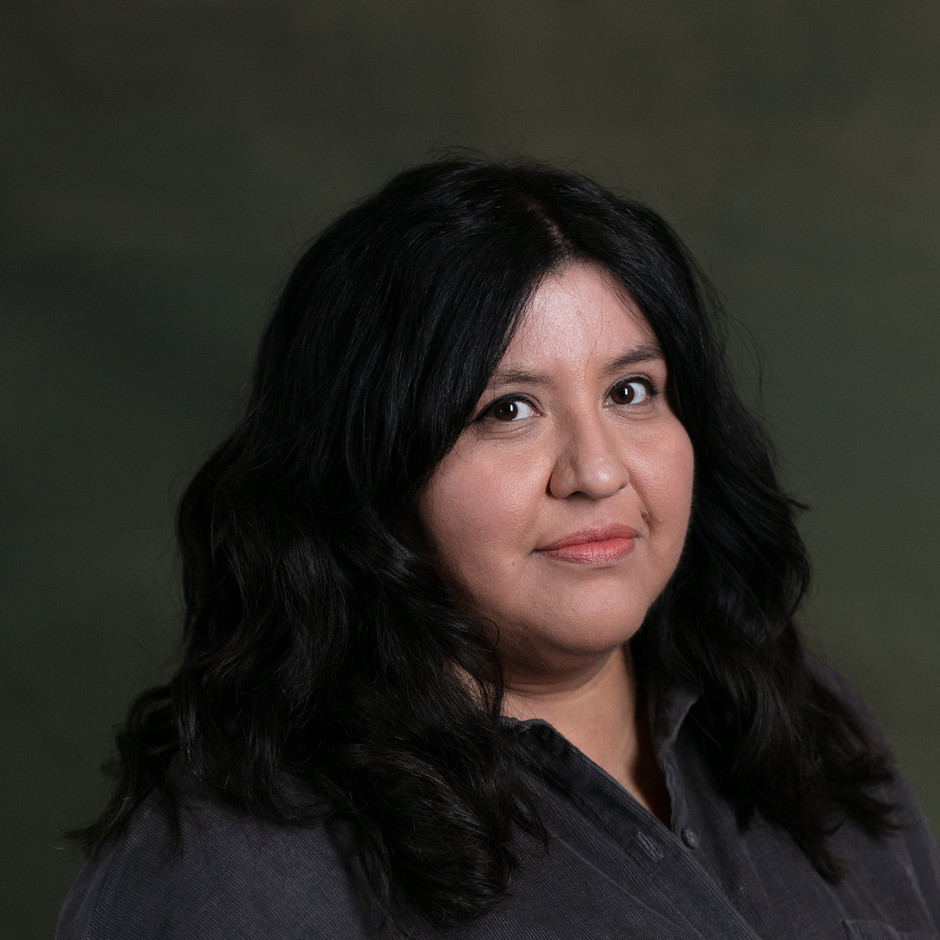
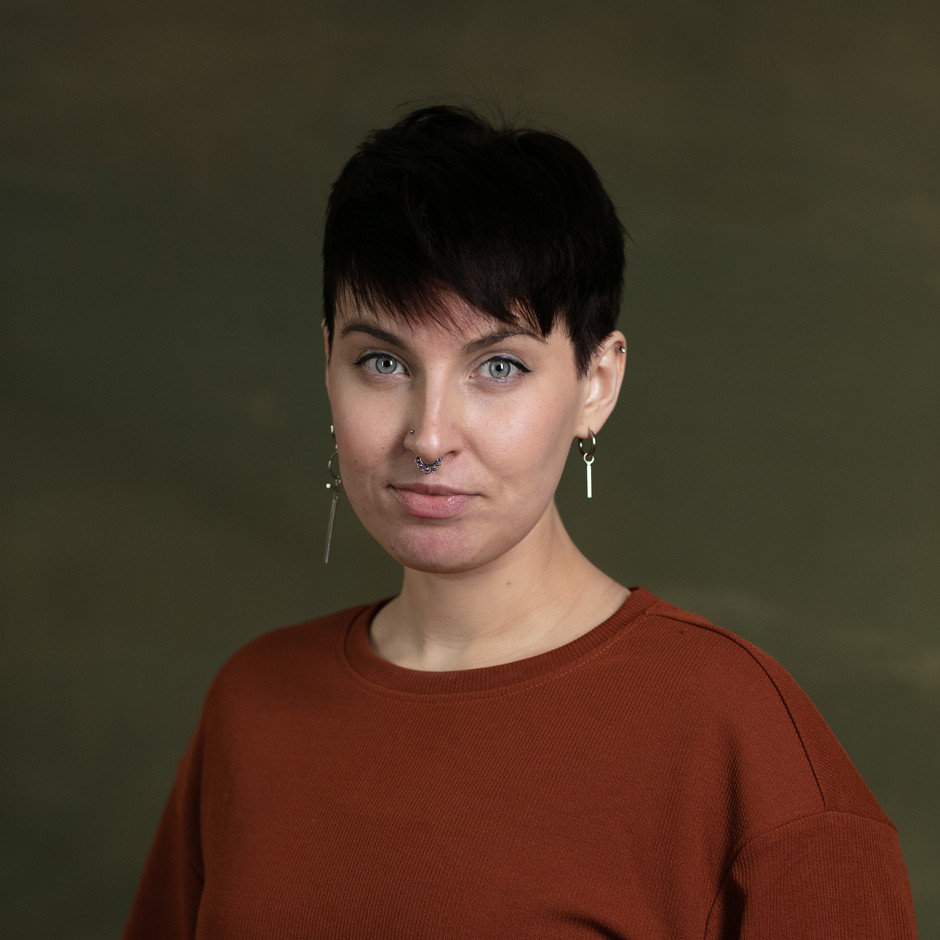
External participants
Aleksija Neimane, SVA.
Elina Thorson, SVA.
Moa Engman, SVA
Julia Tibell, SVA.

